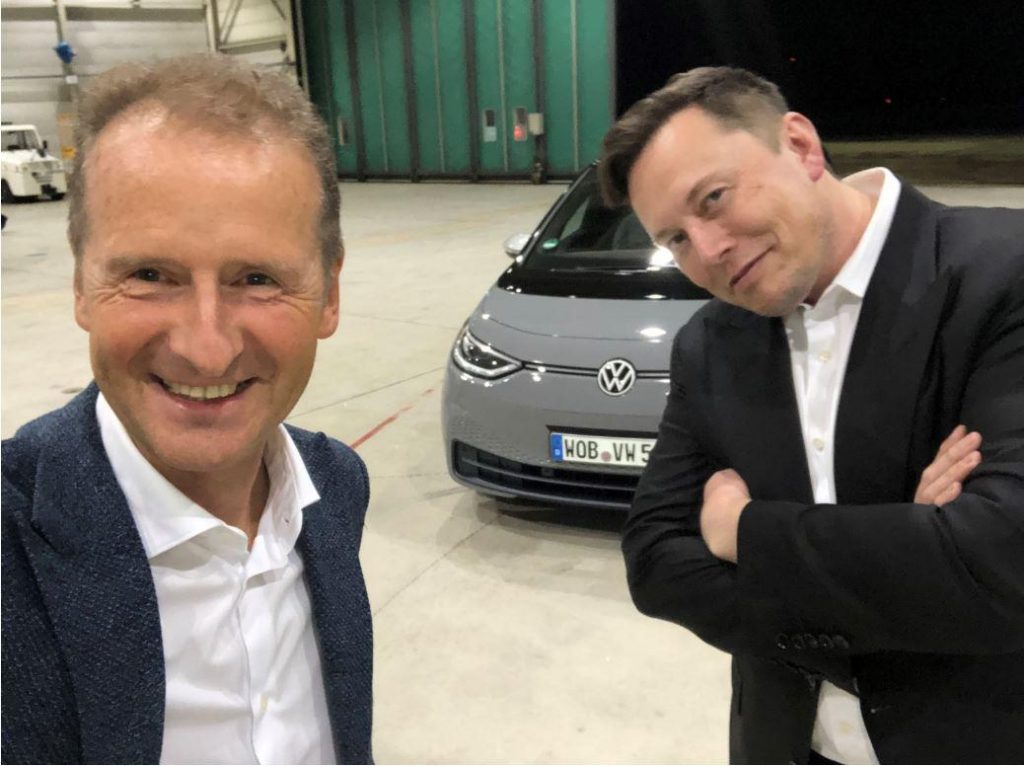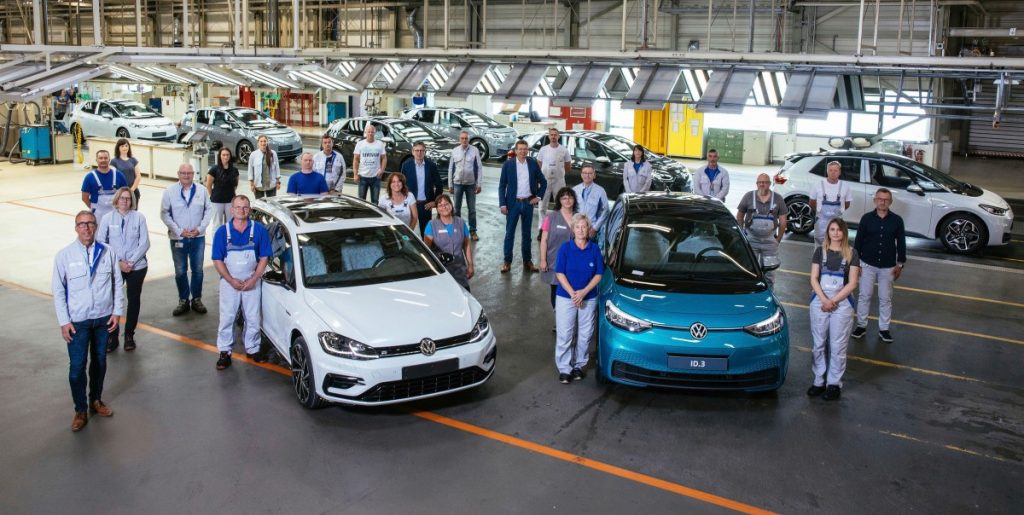Among the old guard of the automotive industry, very few could hold a candle to Volkswagen, which has initiated a $50 billion bet on electric vehicles. The plan, it seemed, was aimed at ensuring that the veteran automaker could catch up to Tesla, a dedicated EV maker that has made a name for itself by releasing vehicles that receive over-the-air updates on a regular basis.
Yet as the first result of Volkswagen’s dedicated EV efforts, the ID.3, rolled off the assembly line, it became clear that releasing software-driven electric cars was not as simple as building the next iteration of the Golf. When the ID.3 was released, the vehicle was incomplete. It could drive, turn corners, and basically do anything that regular cars are expected to do. Software-wise, however, it was nowhere near done. Features that were promised were absent, and promised capabilities such as over-the-air updates were unavailable.

Even the ID.3’s heads-up display, a feature that is not present in rivals like the Model 3, didn’t function. Early users of the vehicle also reported hundreds of software bugs. By June last year, Volkswagen decided to delay the ID.3’s launch and sell the first batch of the cars without full software. The vehicles are expected to receive an update that would provide the ID.3 with its full feature set, but the initiative will require a service visit around February 2021.
As noted in a report from The Wall Street Journal, Volkswagen’s issues with the ID.3 were the result of the veteran automaker not being proficient in software. For years, industry analysts and leaders alike have suggested and peddled the “Tesla Killer” narrative, suggesting that once the big players of the auto industry get serious about electric vehicles, Elon Musk’s EV startup would be completely overrun. As it turned out, building electric cars was not as simple. Just because a company can produce good gas and diesel-powered cars does not mean that they can produce good EVs.
Karsten Michels, a senior engineer for Continental AG, one of the firms which Volkswagen tapped to develop the ID.3’s software, noted that the gravity of the task surrounding the development of custom vehicle software was underestimated. “Maybe we underestimated how much work is involved and how little we could actually rely on existing legacy software,” Michels said.

Peter Rawlinson, CEO of Lucid Motors, expressed his thoughts on the situation. “(Ever since Tesla launched its first car in 2008) there was this feeling that the really serious players are going to come. Now, the Germans have finally come, and they’re not as good as Tesla,” he remarked.
Volkswagen, for its part, seems to be taking the lessons it learned during the ID.3 rollout and is applying it for the release of the ID.4, a crossover SUV that could rival the Tesla Model Y. Herbert Diess, the Chairman of the Board of Management of Volkswagen Group and an executive who has struck a friendship of sorts with Tesla CEO Elon Musk, initiated efforts to overhaul the company’s software strategies. If successful, the ID.4, which will be produced in Europe, China, and the United States, would deliver on the promises set forth by the ID.3.
Ultimately, Volkswagen has learned a notable yet painful lesson during the ramp of the ID.3, the most notable of which is that software is something that legacy automakers still need to work on. Granted, software has been running in gas-powered cars for years, with average vehicles including dozens of parts with chips that are designed to perform specific tasks. EVs, however, require a different type of software, one that is more akin to those used by smartphones today. With electric cars, in-vehicle software becomes the heart of the vehicle, with updates becoming the equivalent of service visits in a gas-powered car. In-vehicle software today is never complete as well, as they must always be open to improvements.
Danny Shapiro, senior director of automotive at Nvidia, related his thoughts on the complexity of in-vehicle software. “The key here is taking this distributed system in the car, dozens if not hundreds of applications, and centralizing everything. This is very complex, especially with a car where the safety level is critical. You can’t just flip a switch and be a software company,” he noted.
Don’t hesitate to contact us for news tips. Just send a message to tips@teslarati.com to give us a heads up
The post Volkswagen, a rocky $50B EV bet, and the bid to chase Tesla’s software prowess appeared first on TESLARATI.
